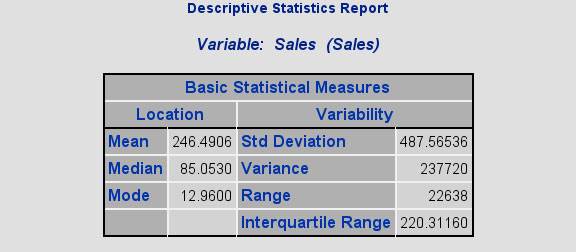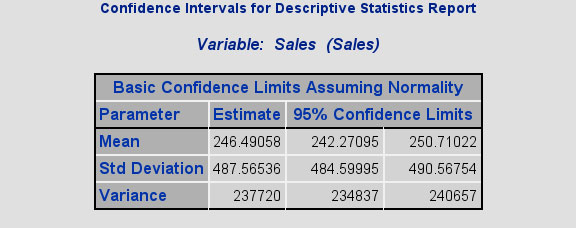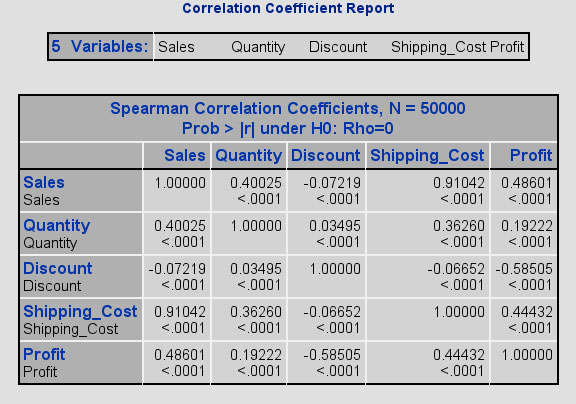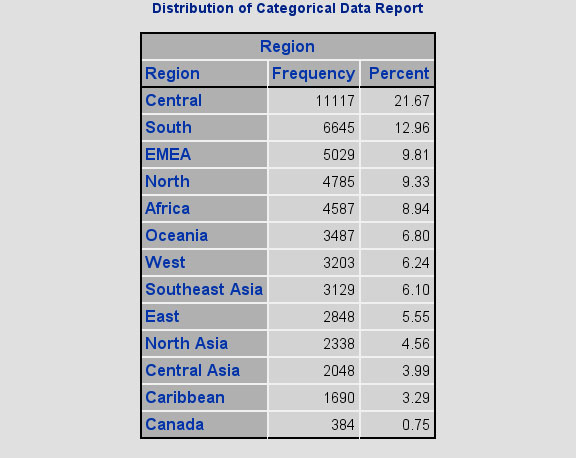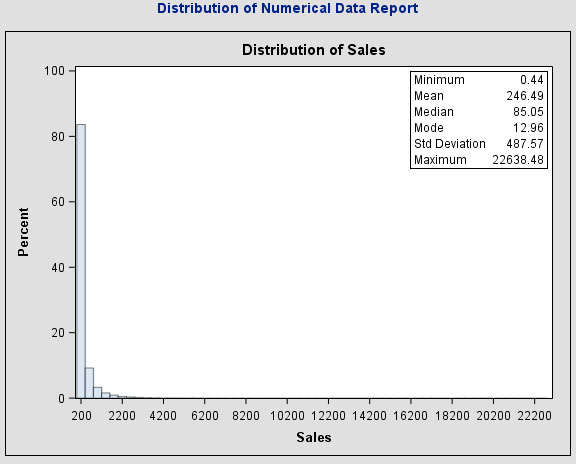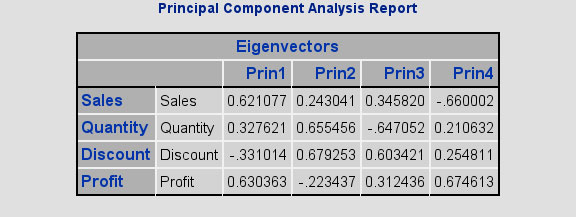Exploratory Data Analysis
Also called EDA, this service is a complex set of procedures aimed at understanding data and relationship among variables. Armed with this information, you’ll have the ability to make more informed business decisions. Data Preparation and Feature Engineering are part of Exploratory Data Analysis. The following reports are examples of EDA.
Correlation Coefficient
Correlation Coefficient measures the strength of the linear association between two numerical variables.
It’s always between -1 and +1, and each extreme indicates a perfect linear association. It’s also sensitive to outliers; a single outlying value can make a small correlation large or make a large one small.
Principal Component Analysis
Principal Component Analysis ( PCA ) is a multivariate technique for examining relationships among numeric variables. The basic idea is to find a set of linear transformations of the original variables, such that the new set of variables could describe most of the variance in a relatively fewer number of variables.

